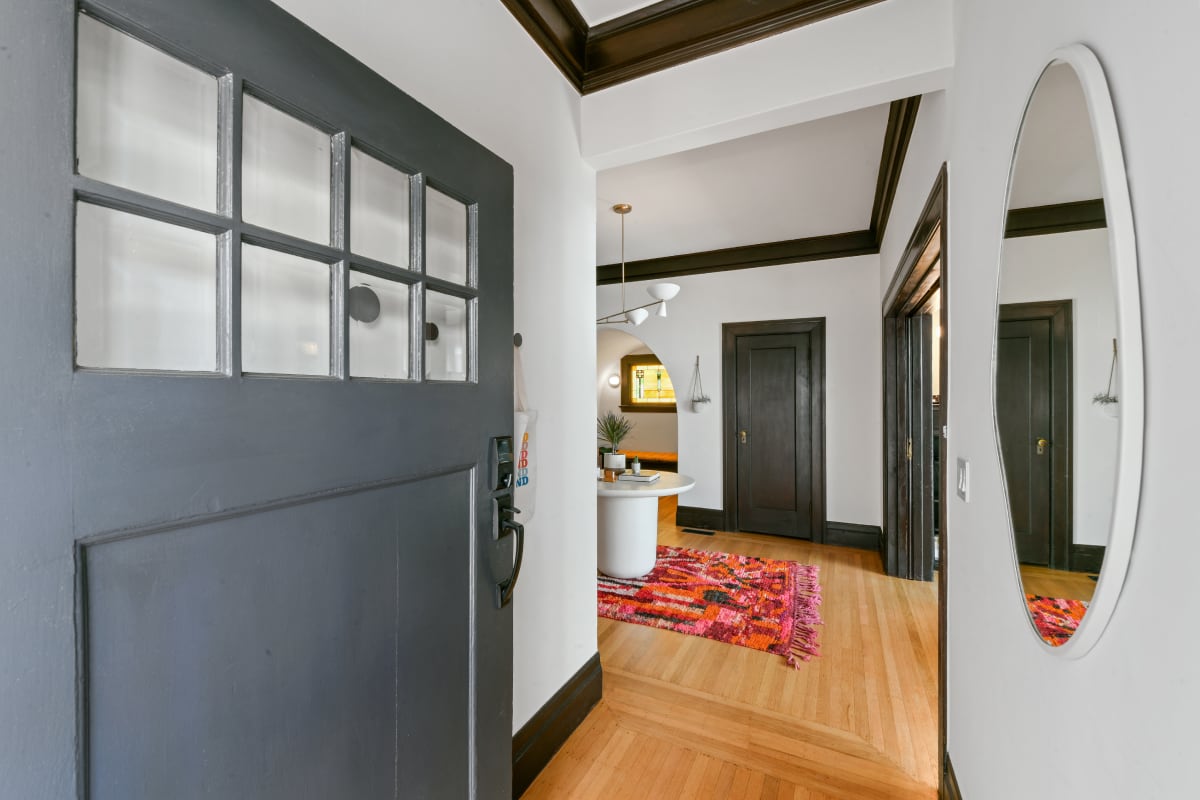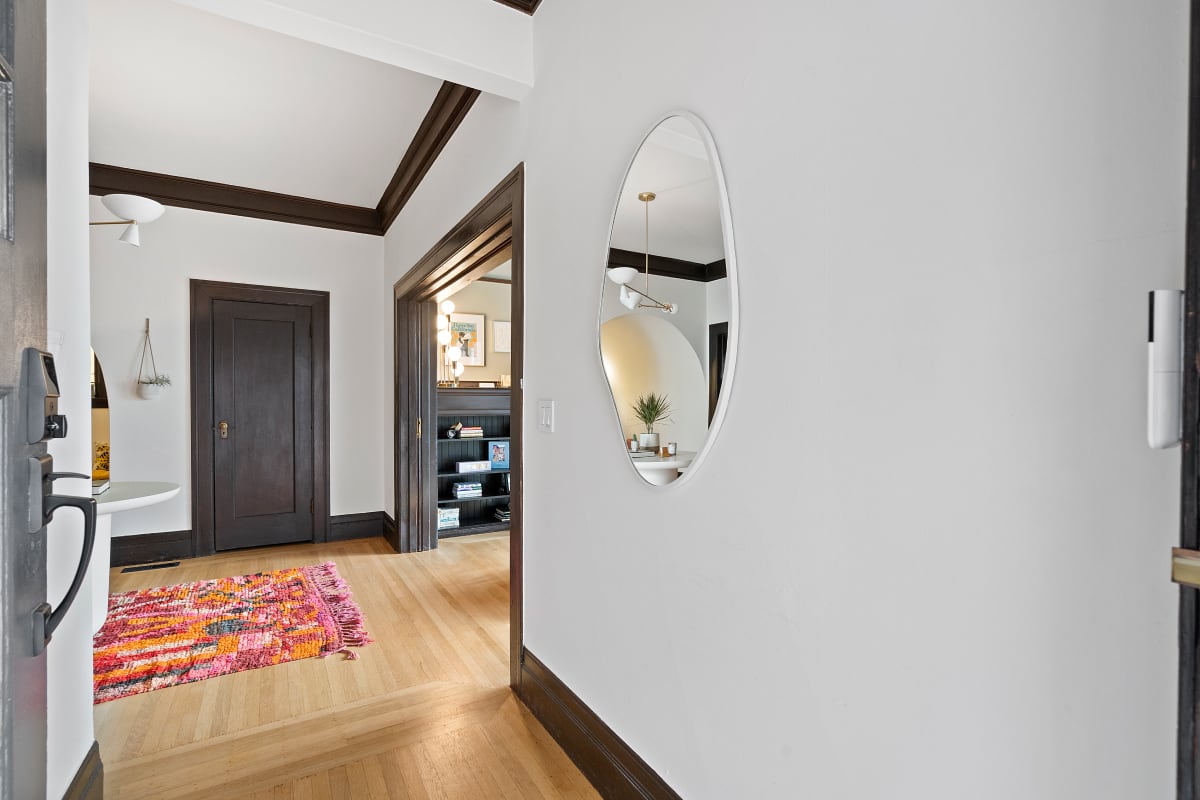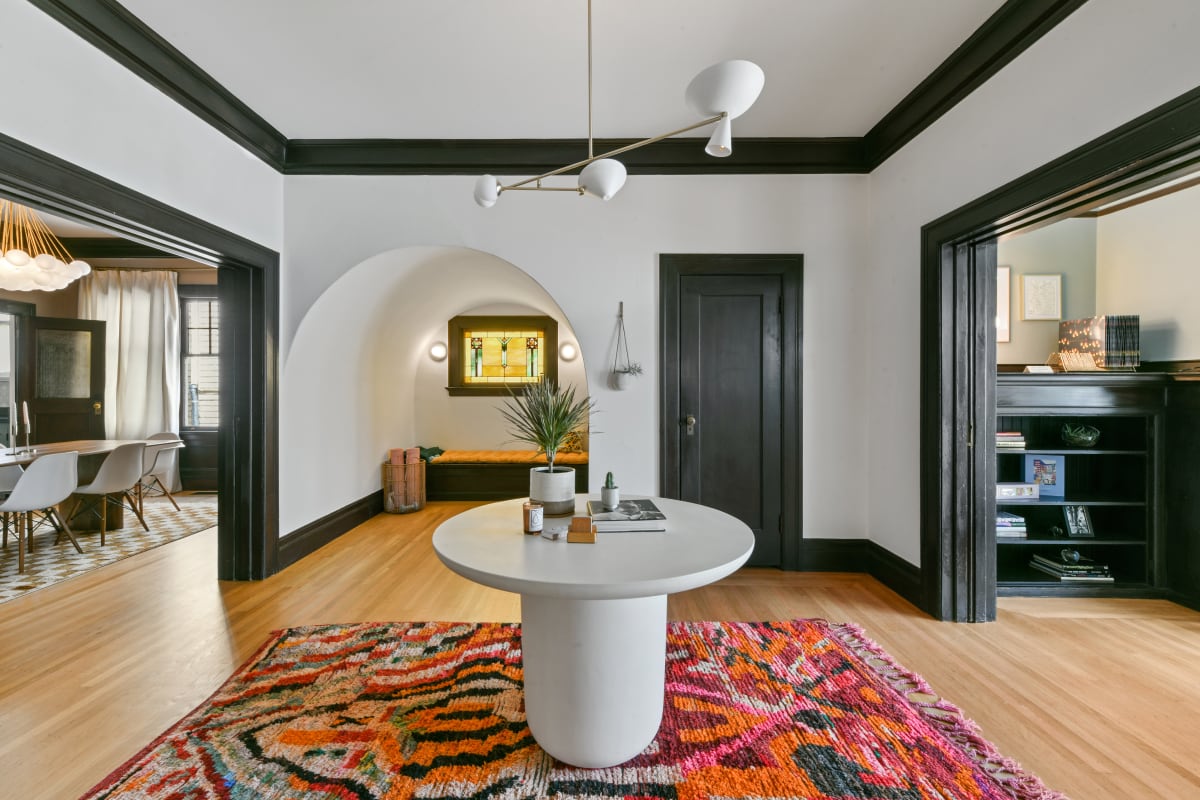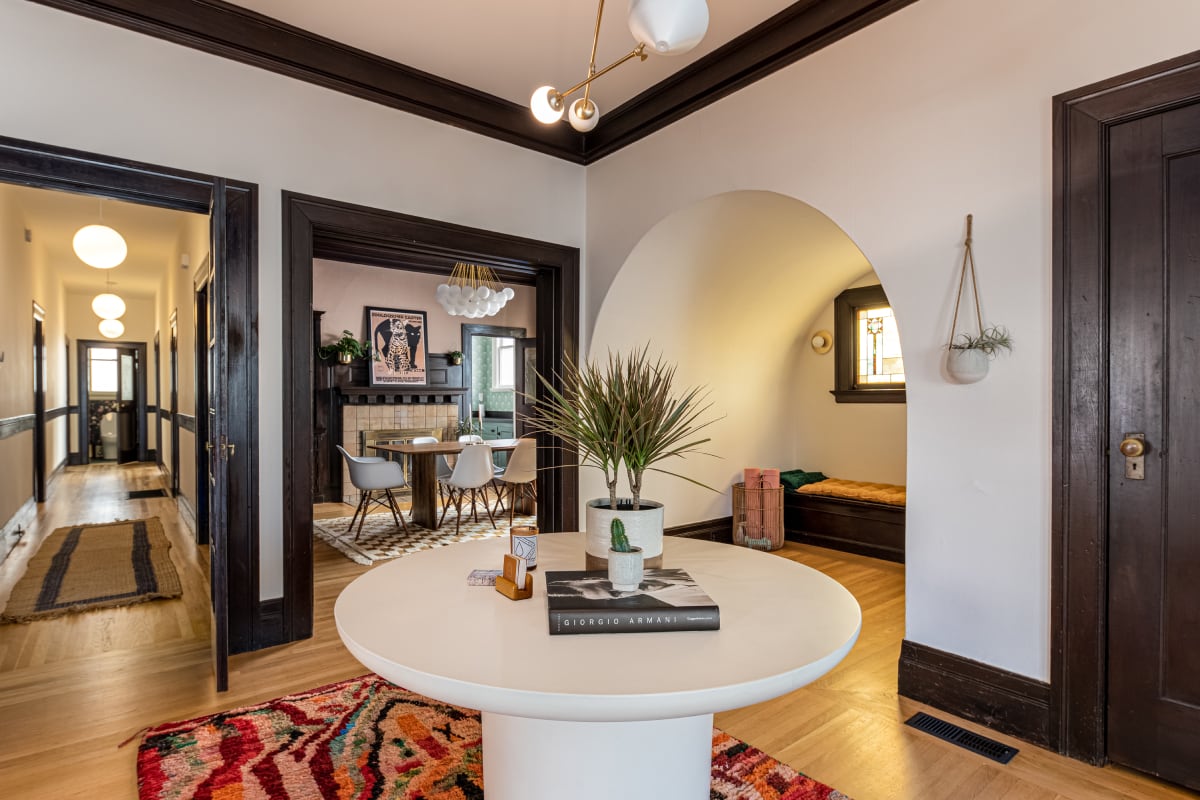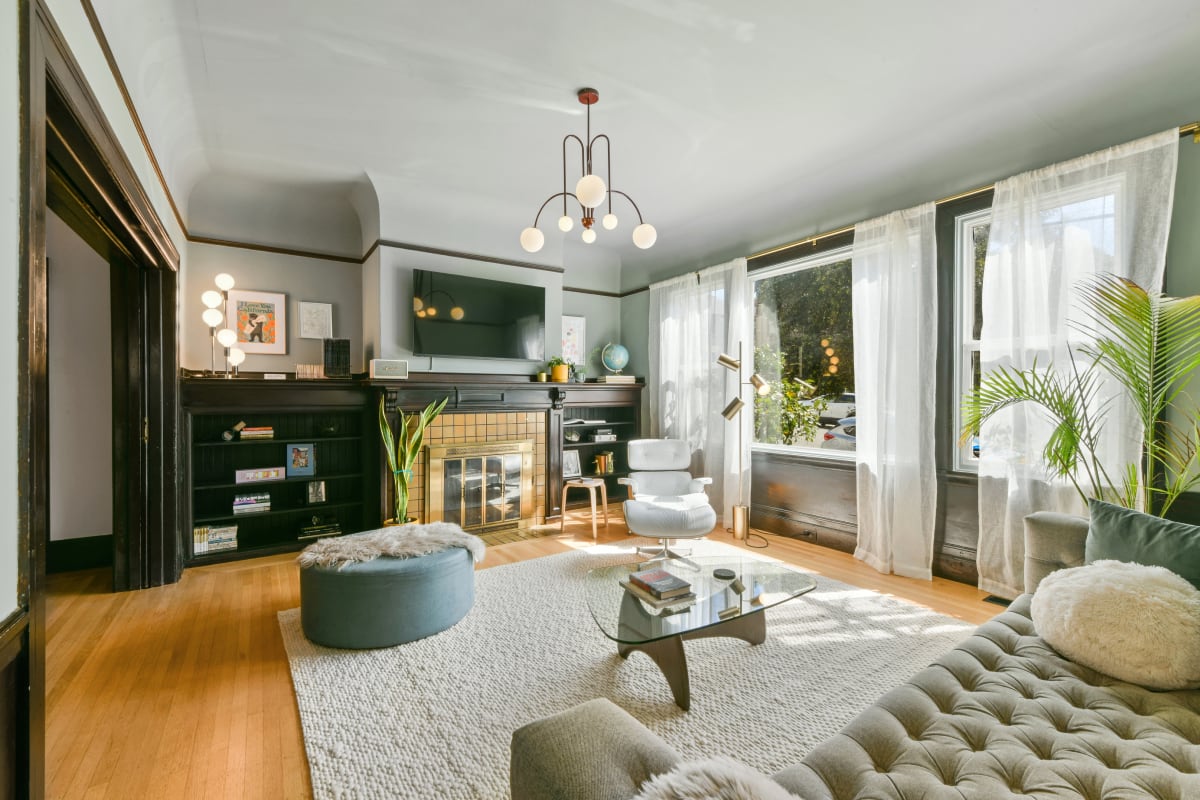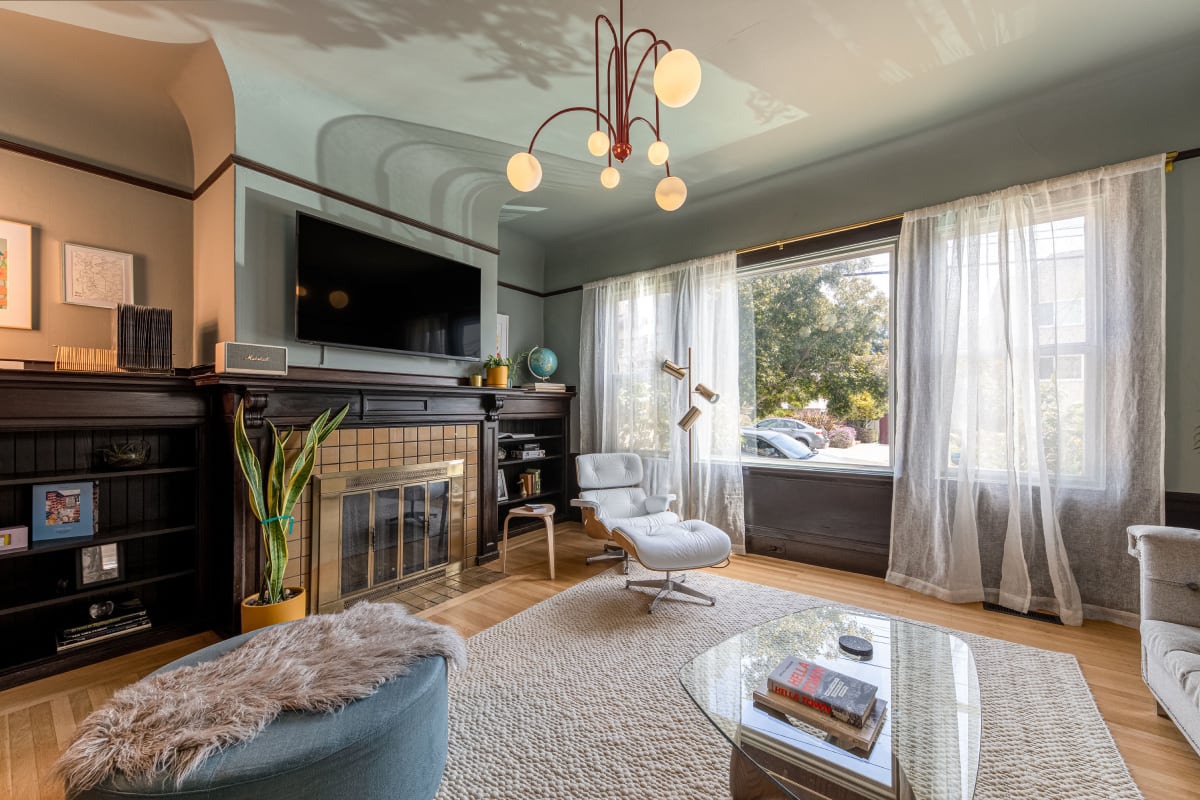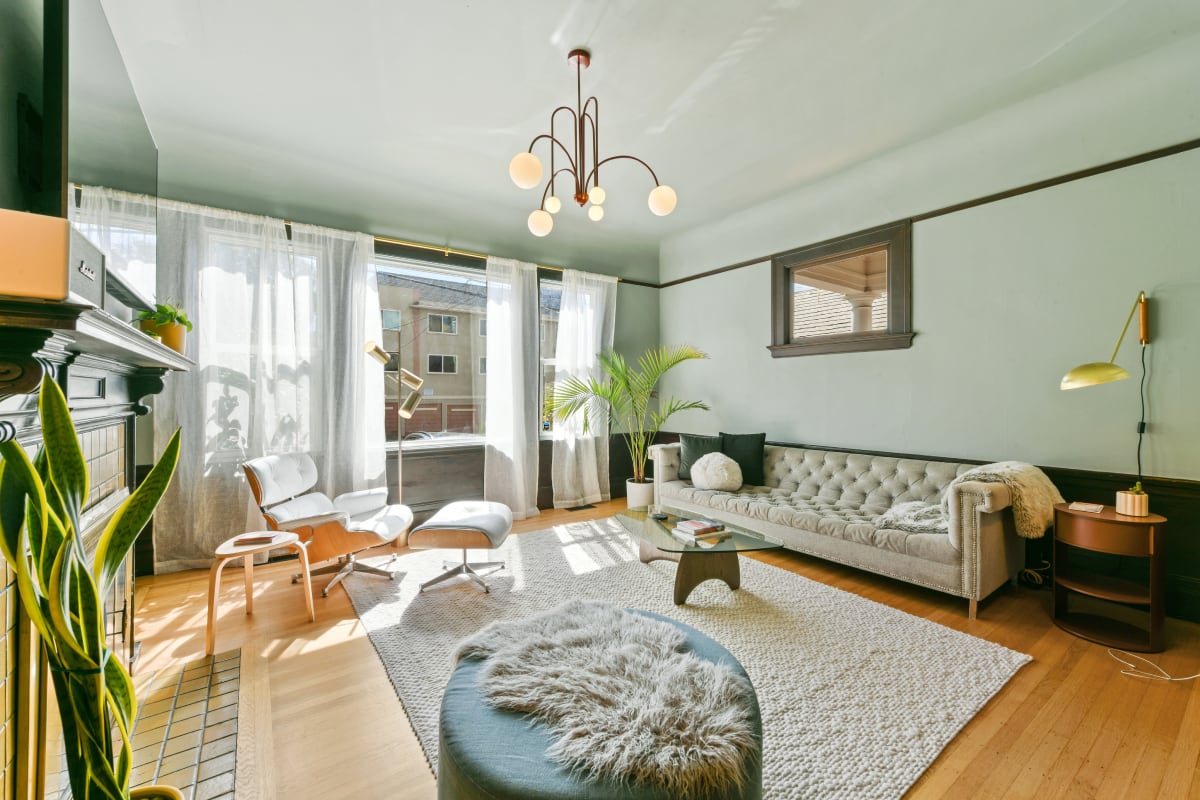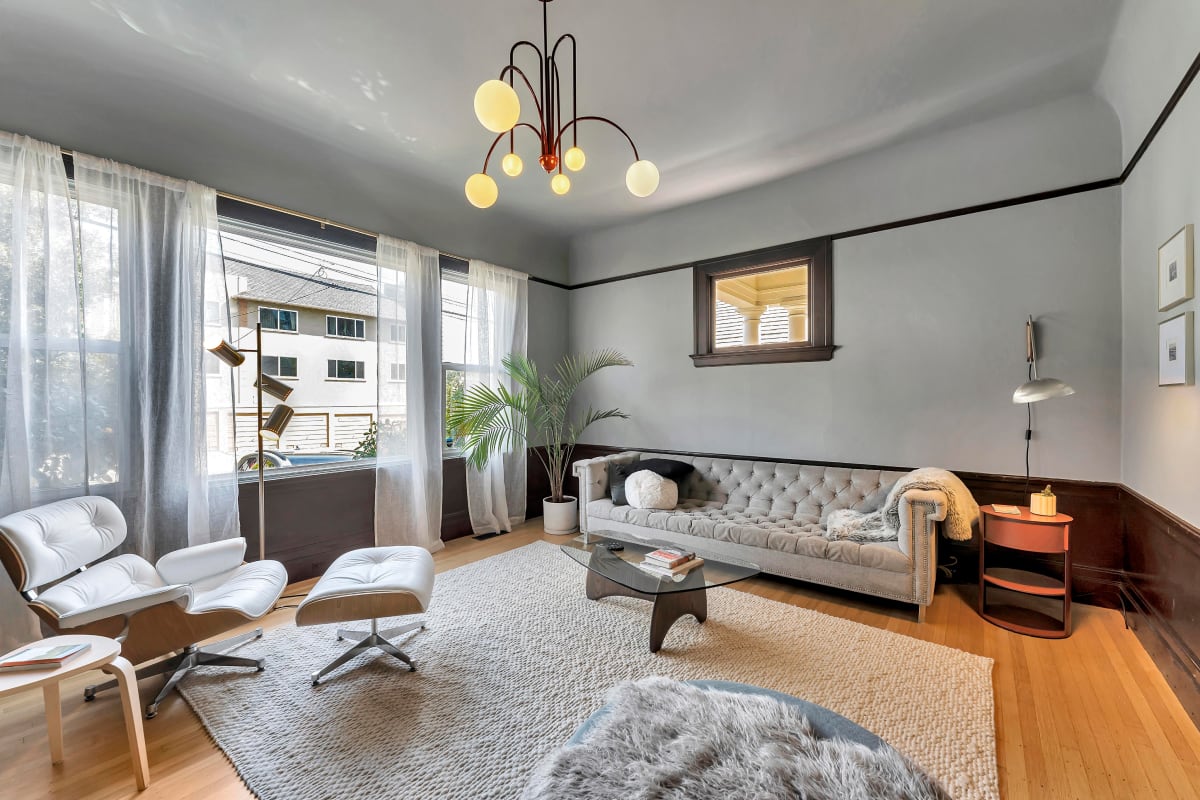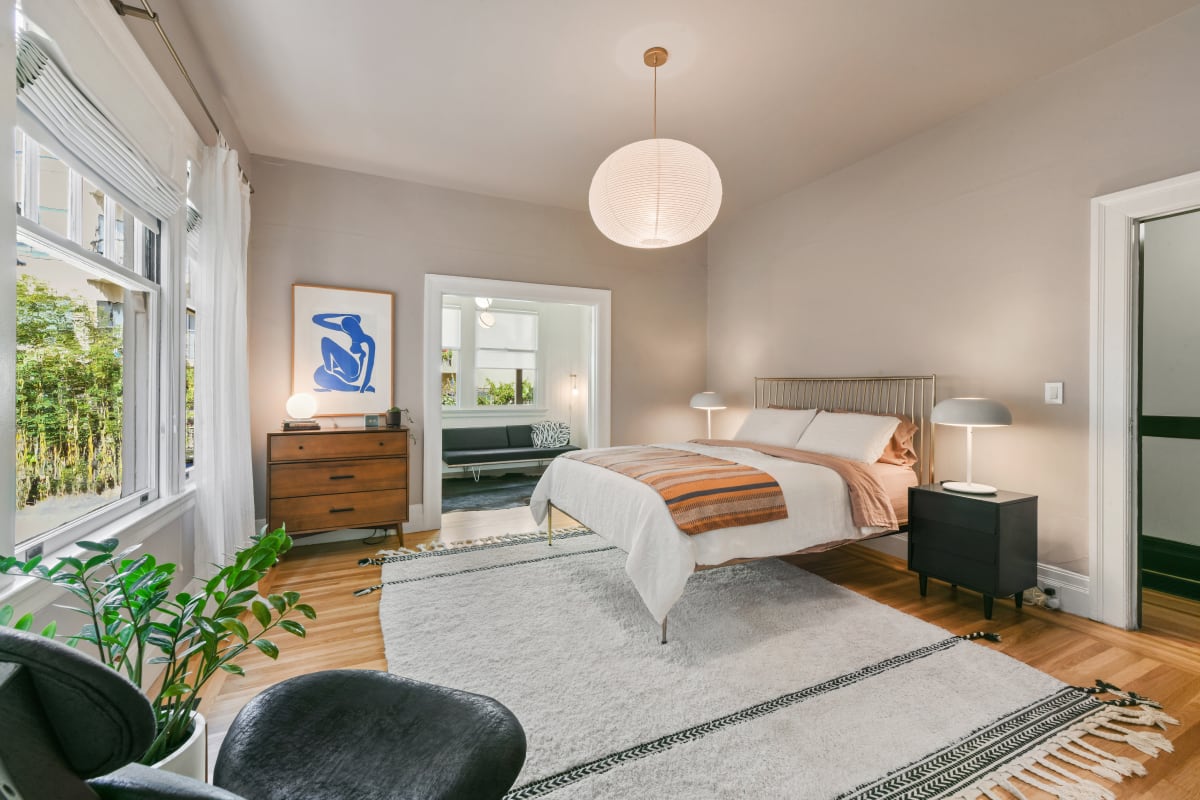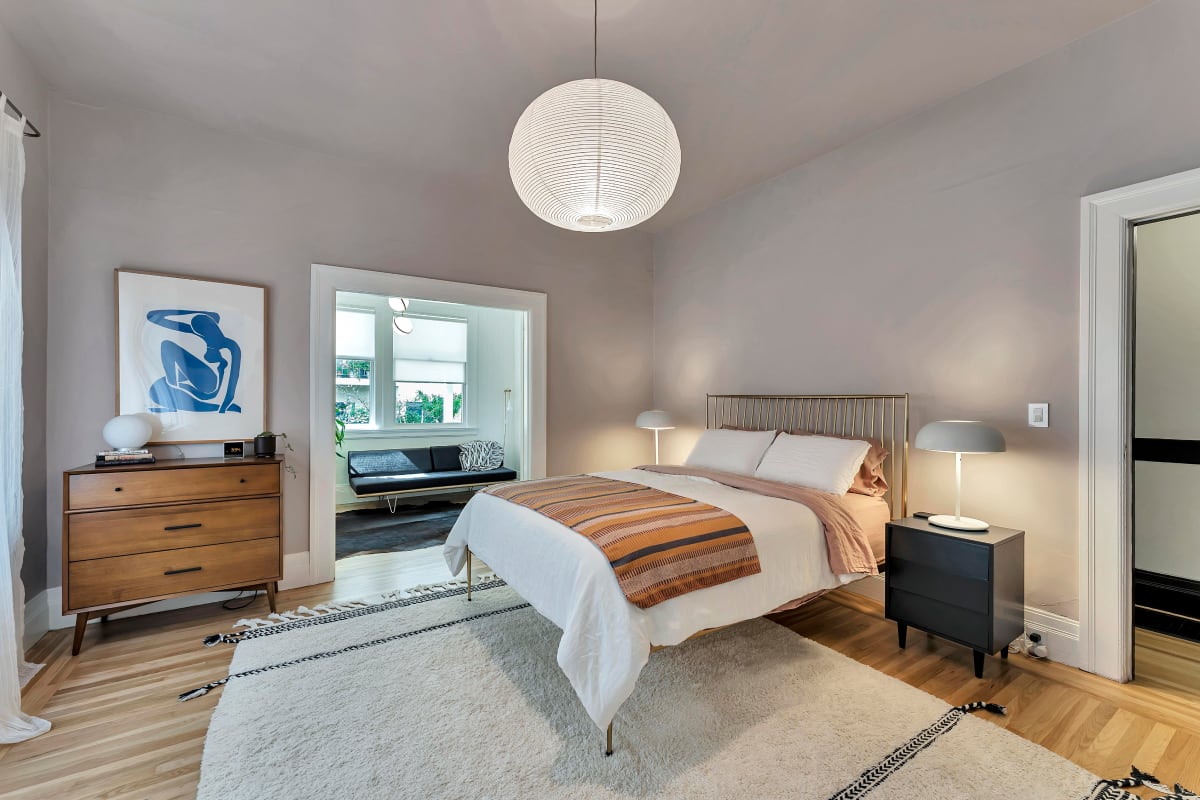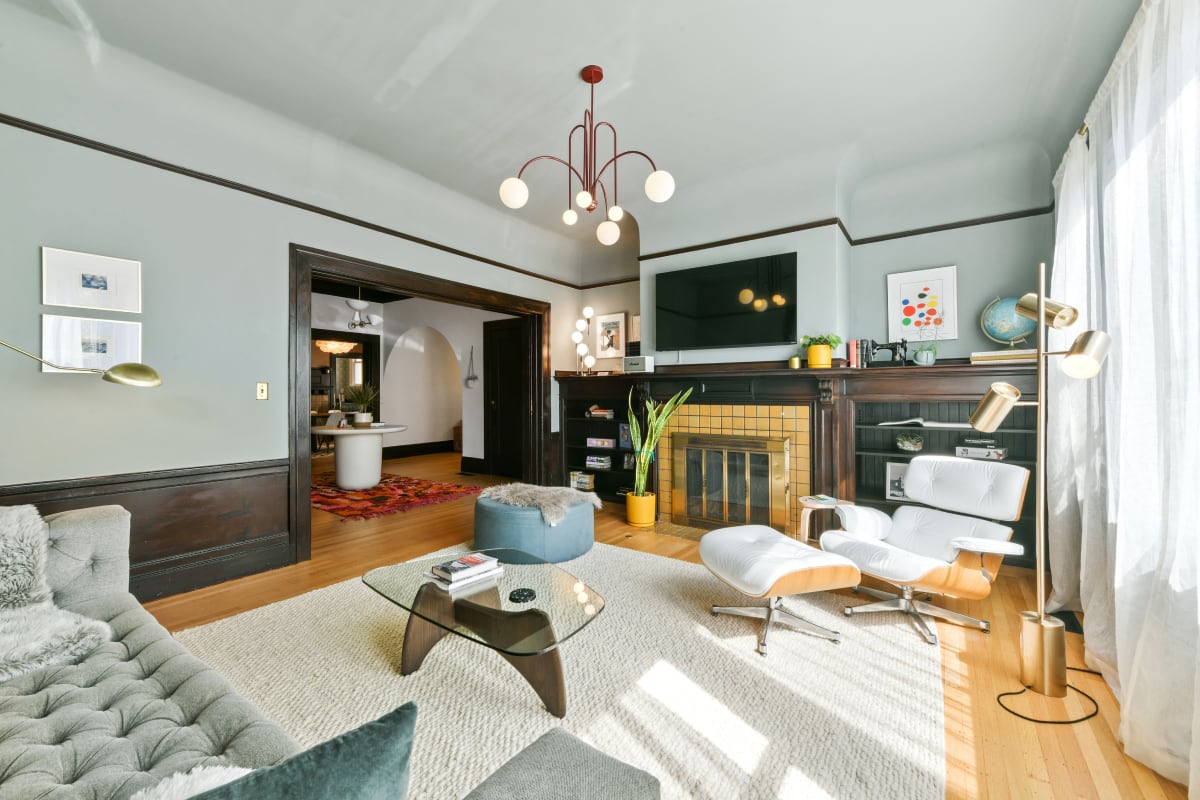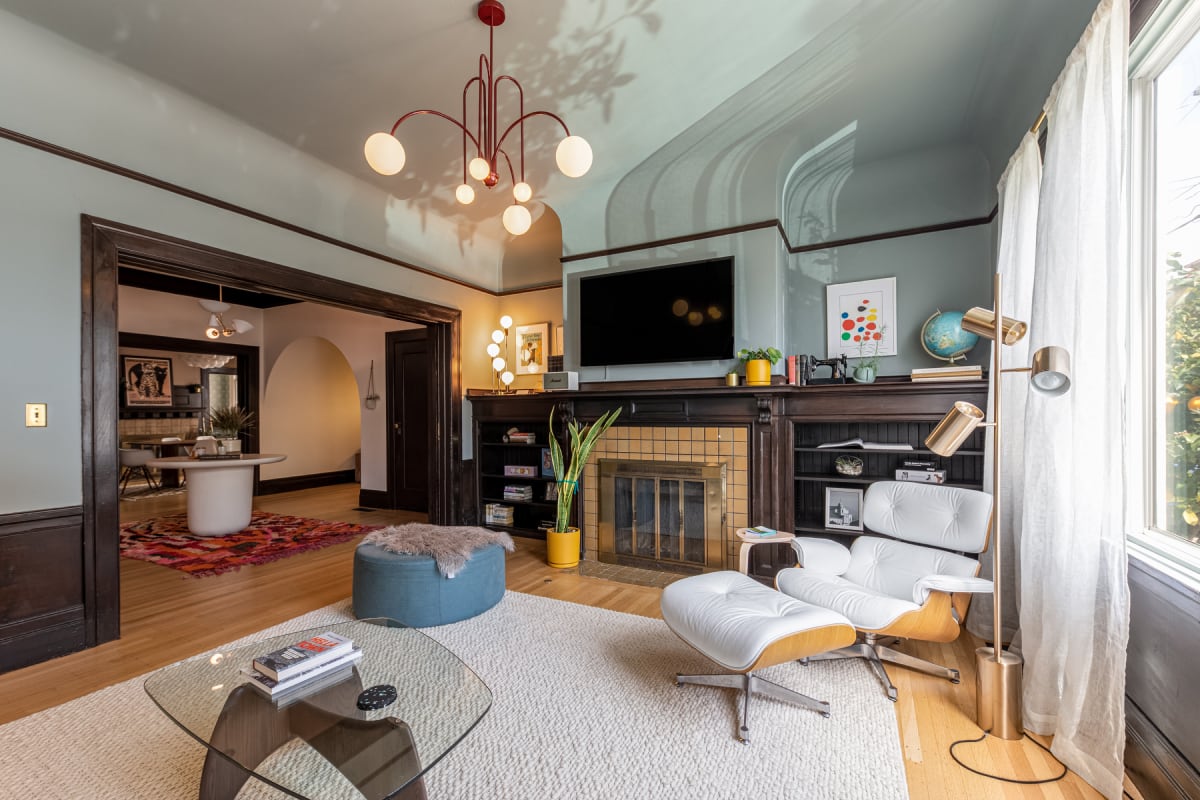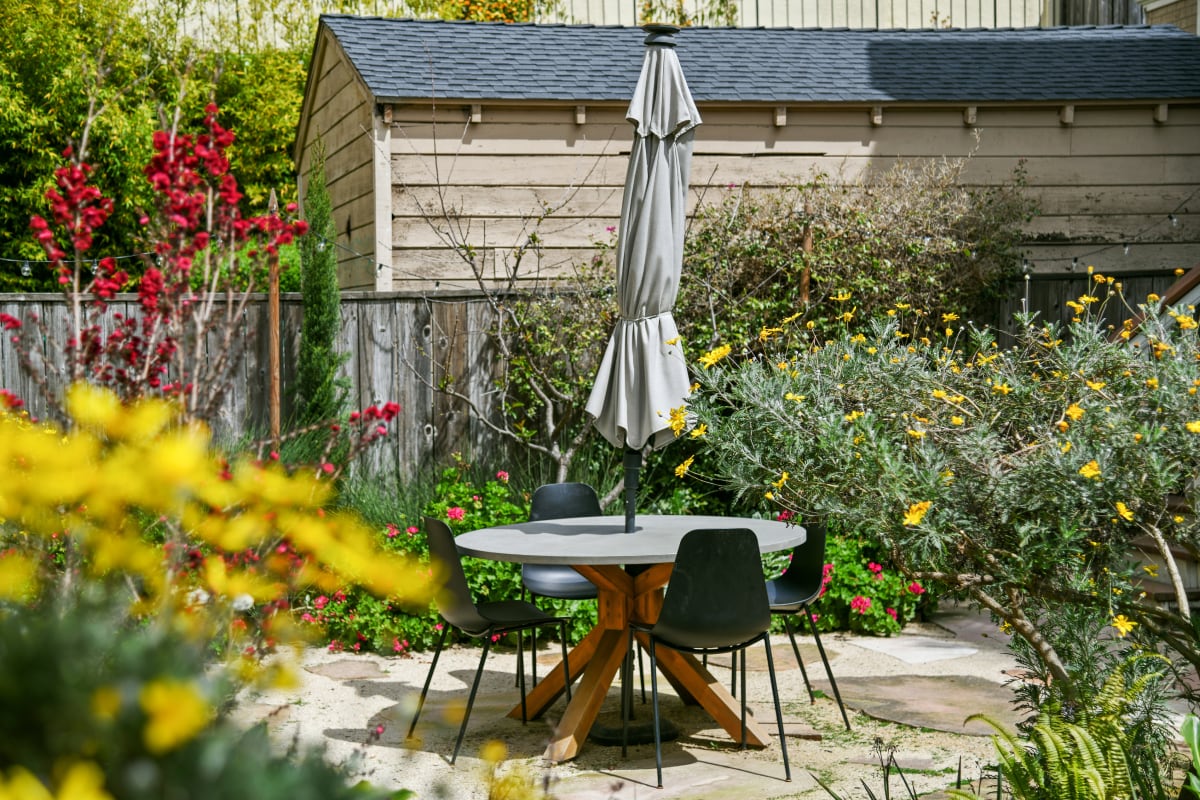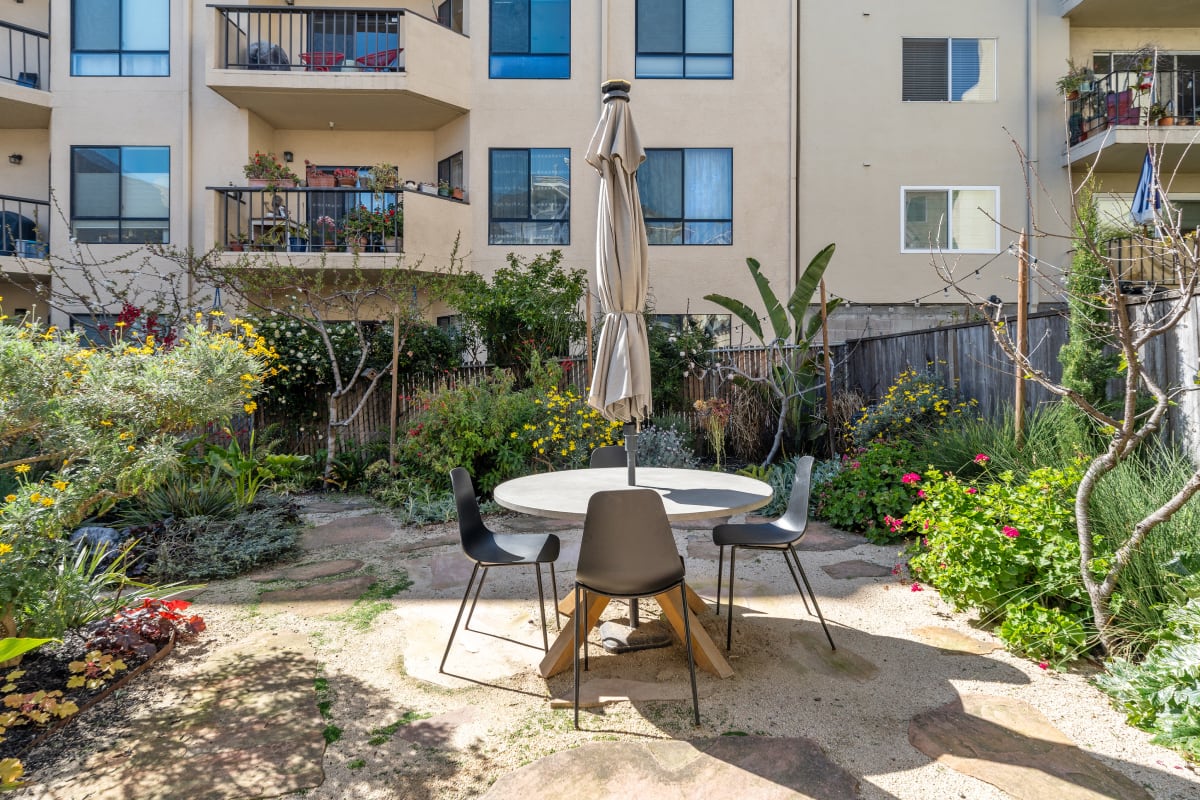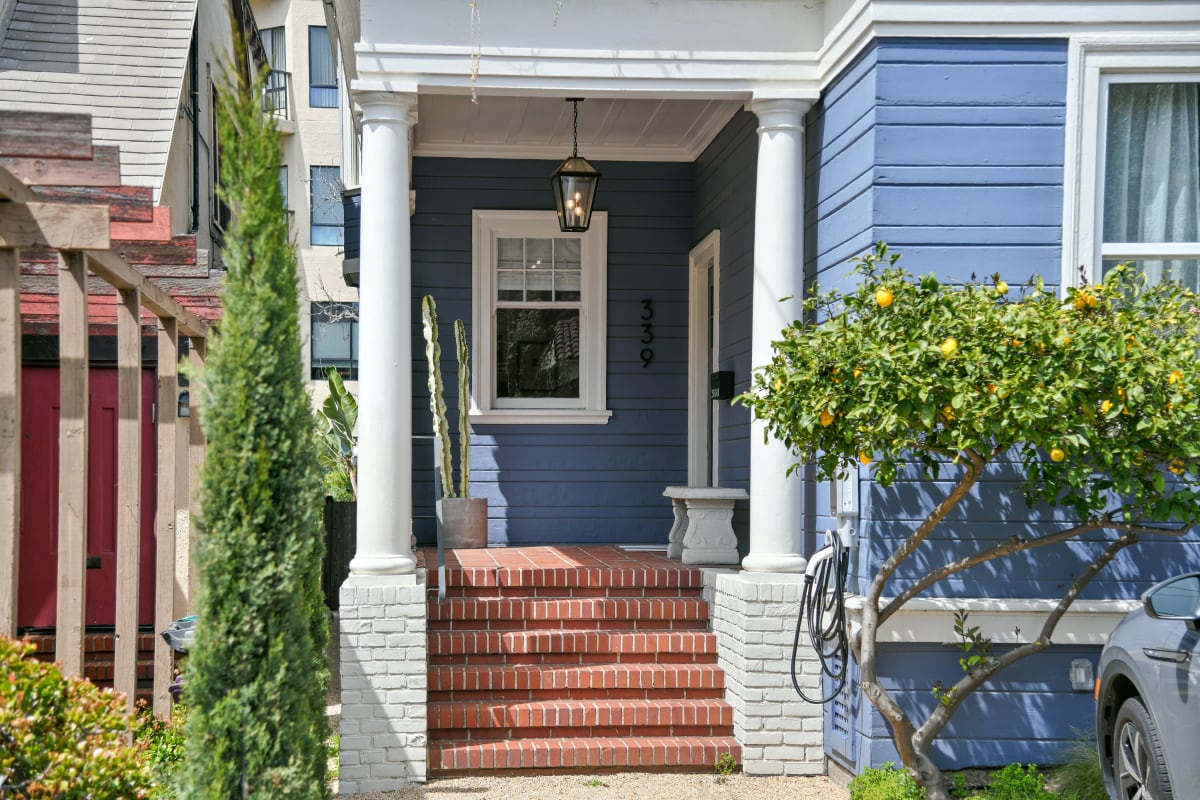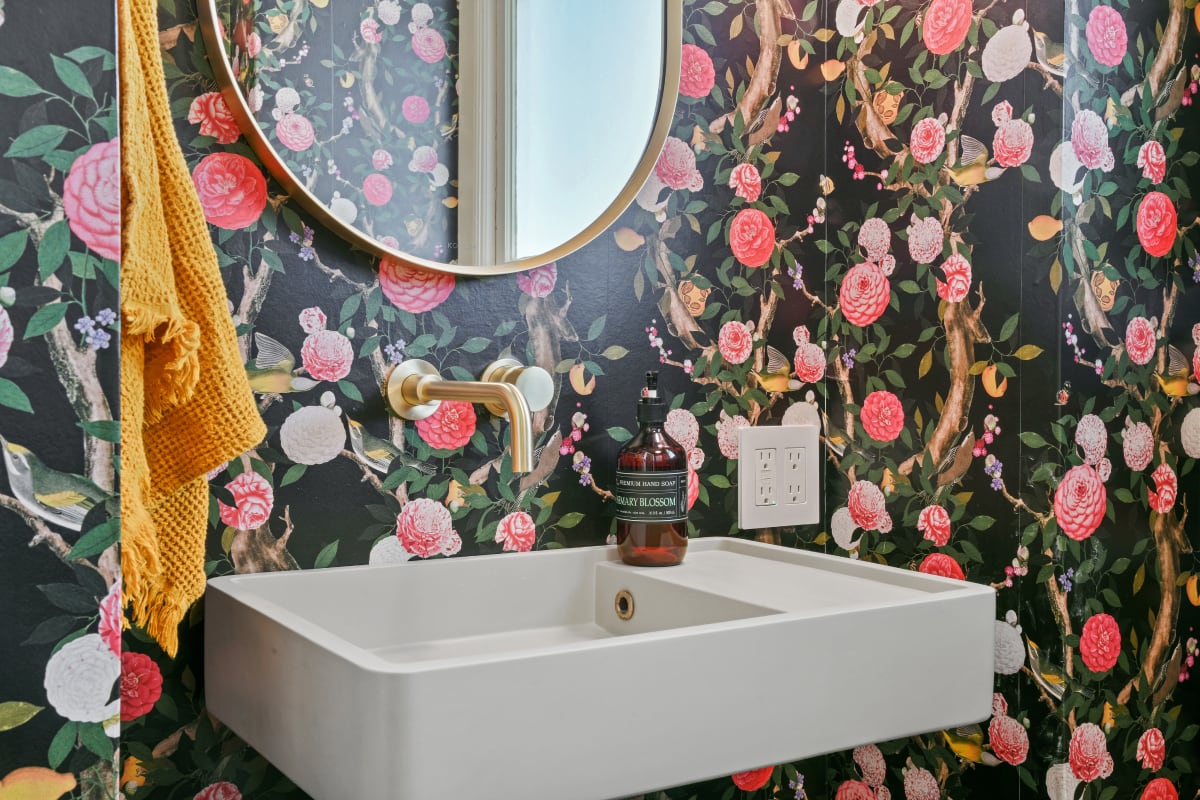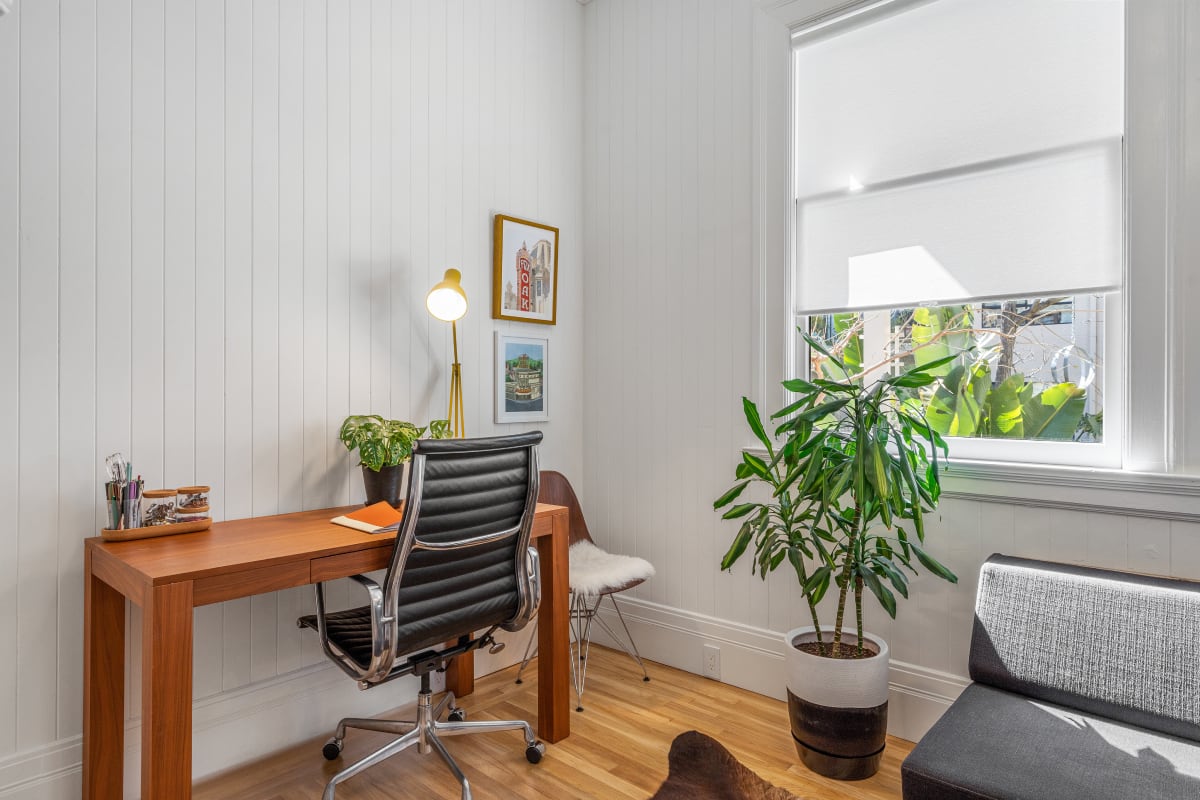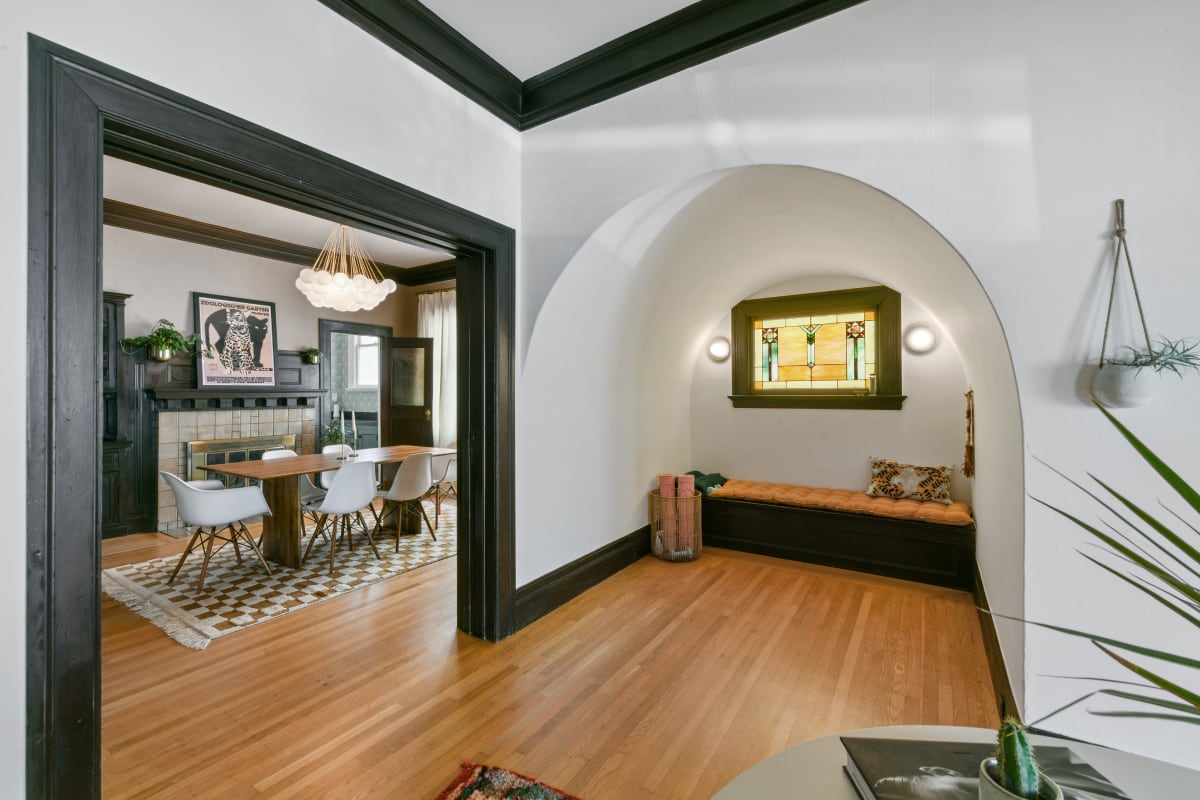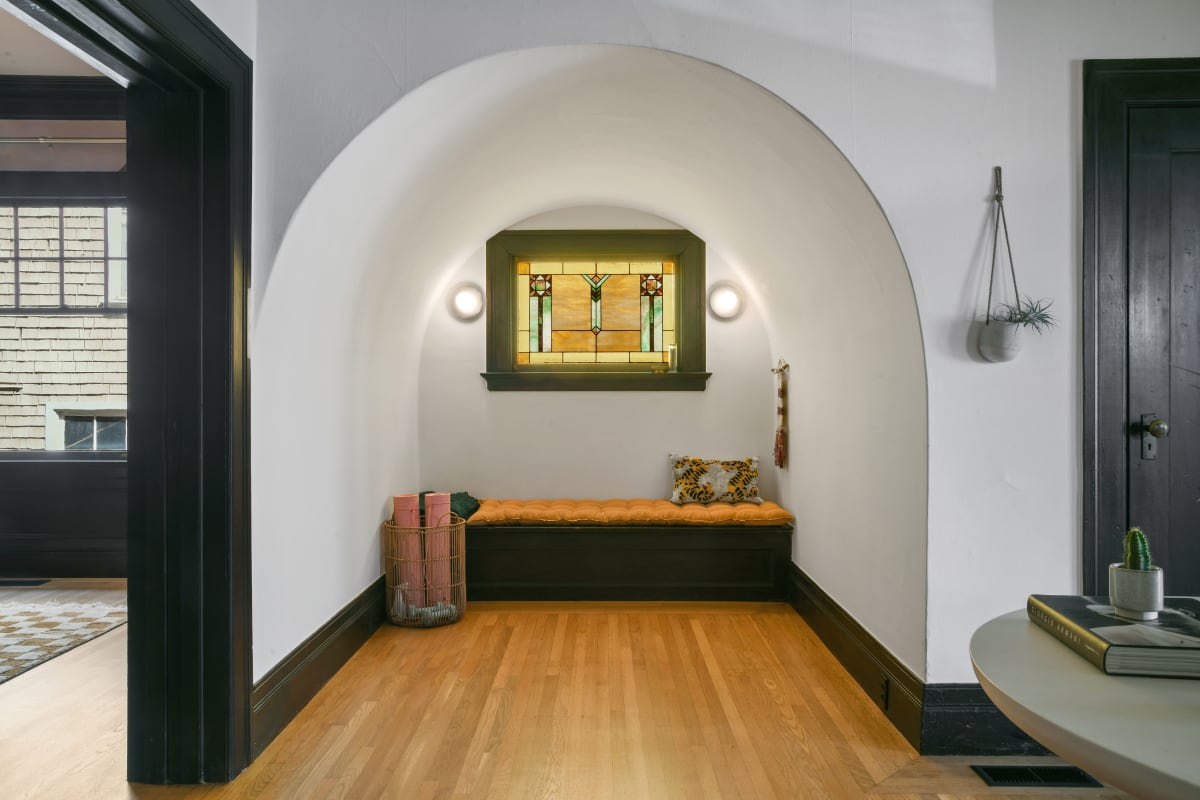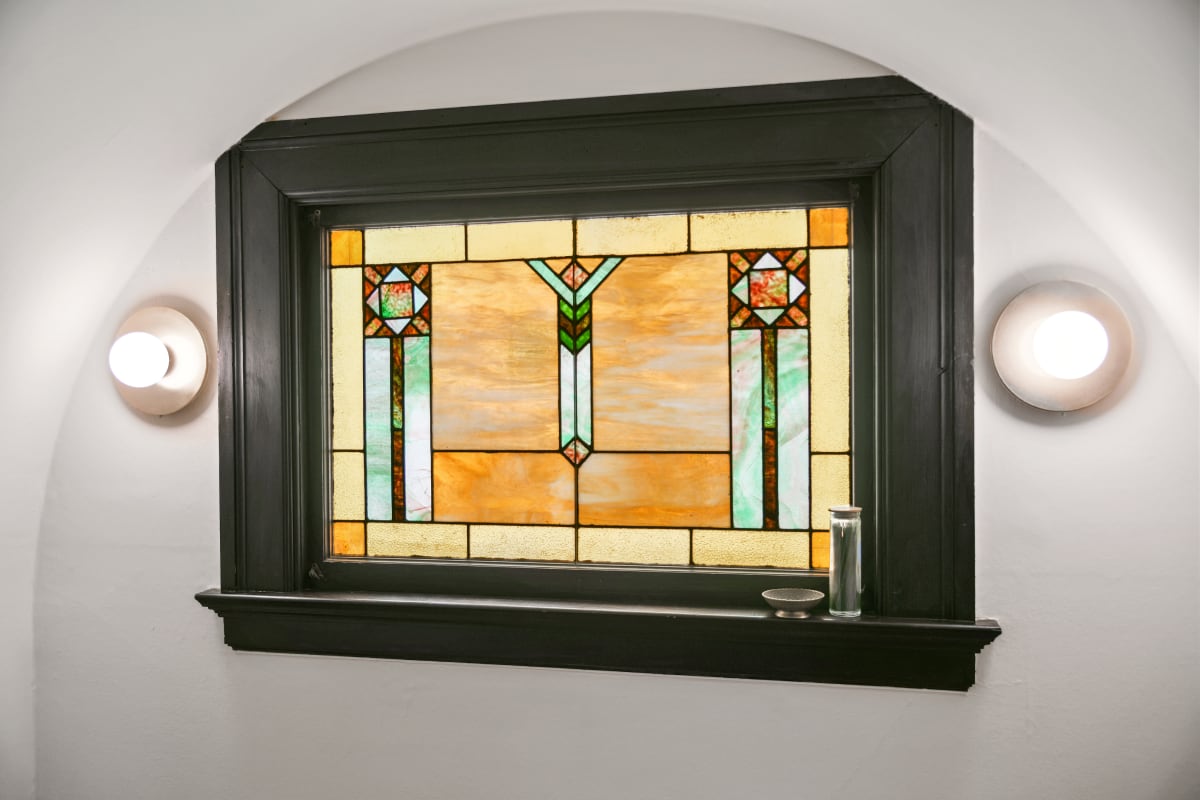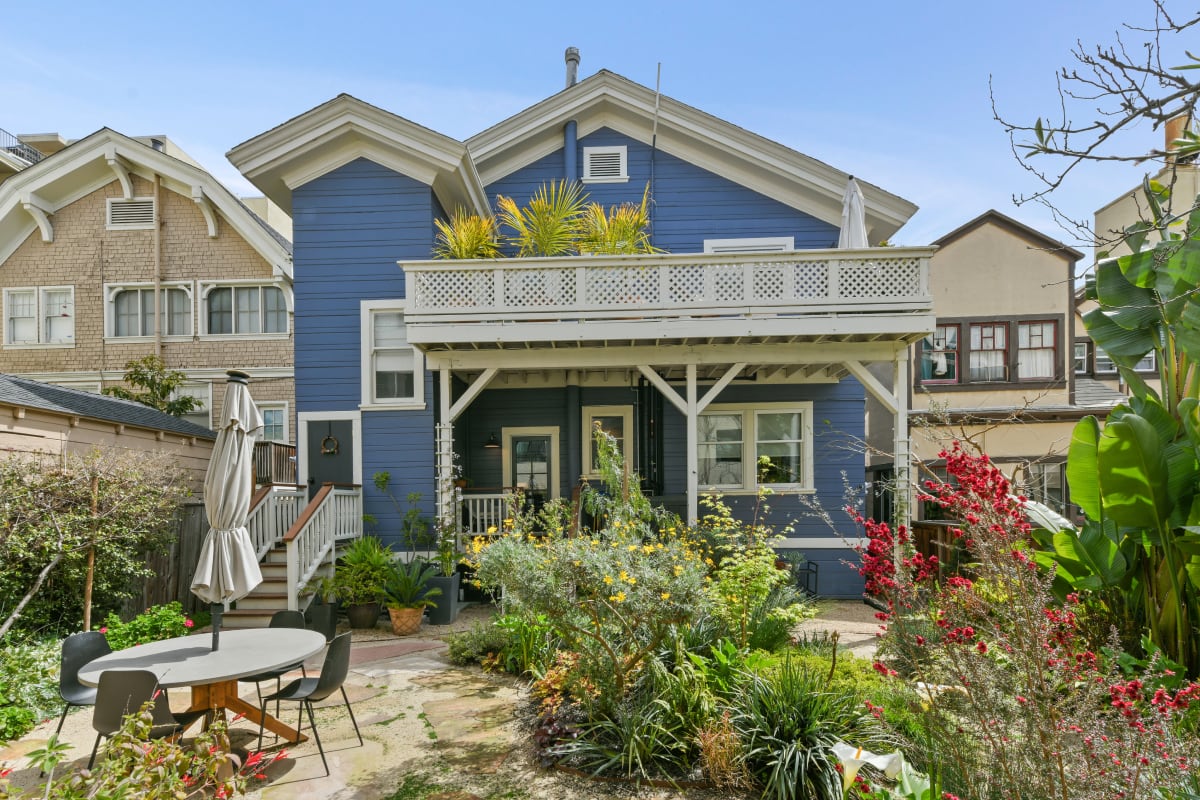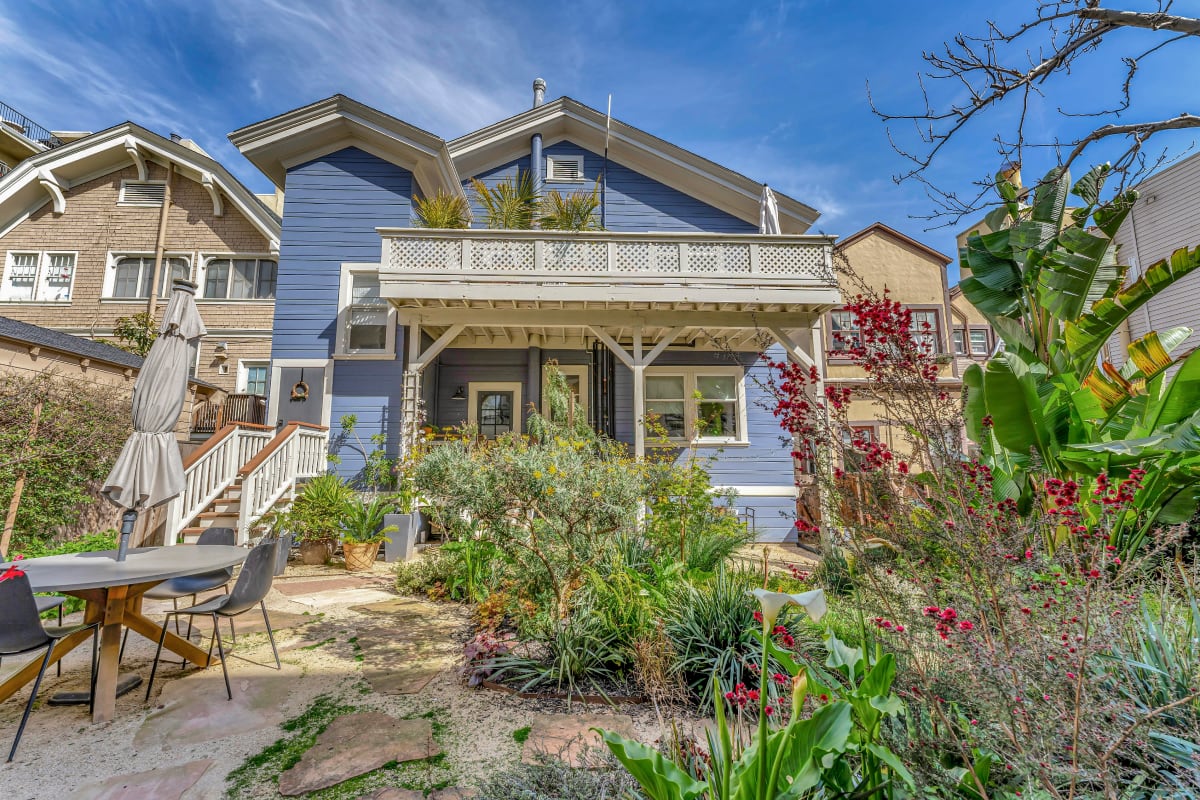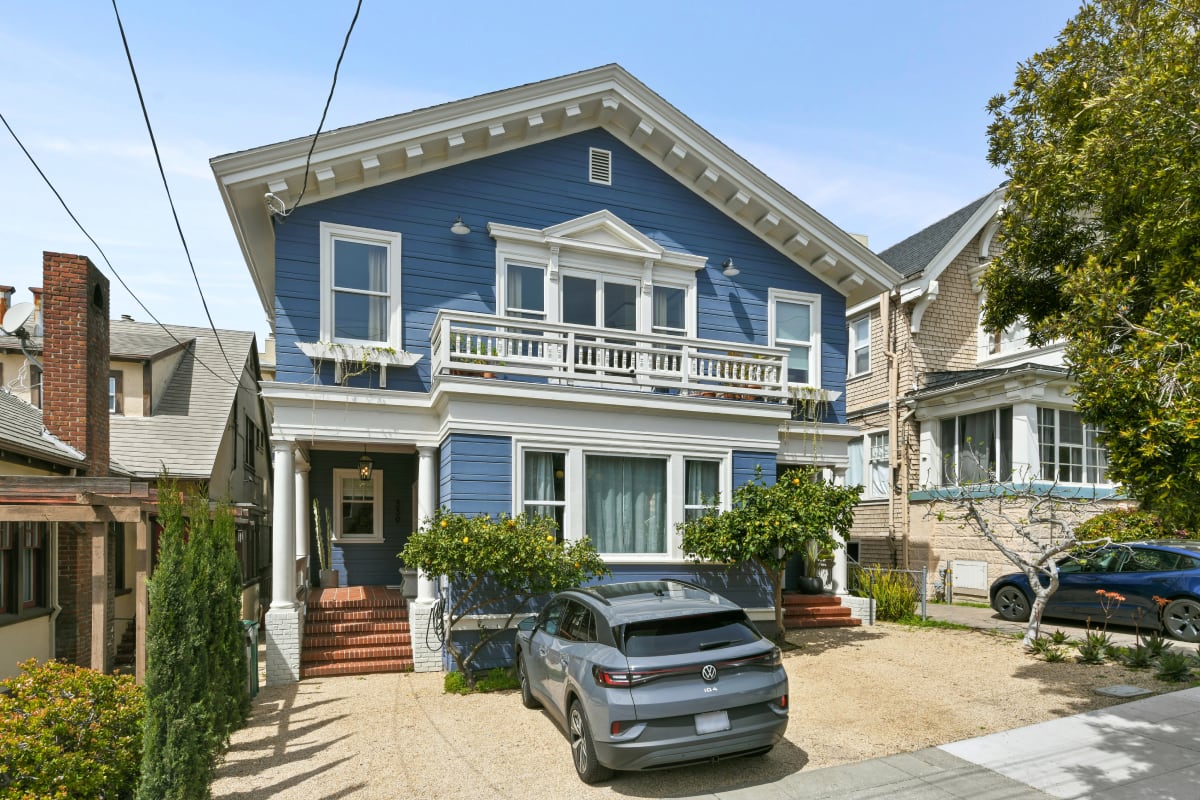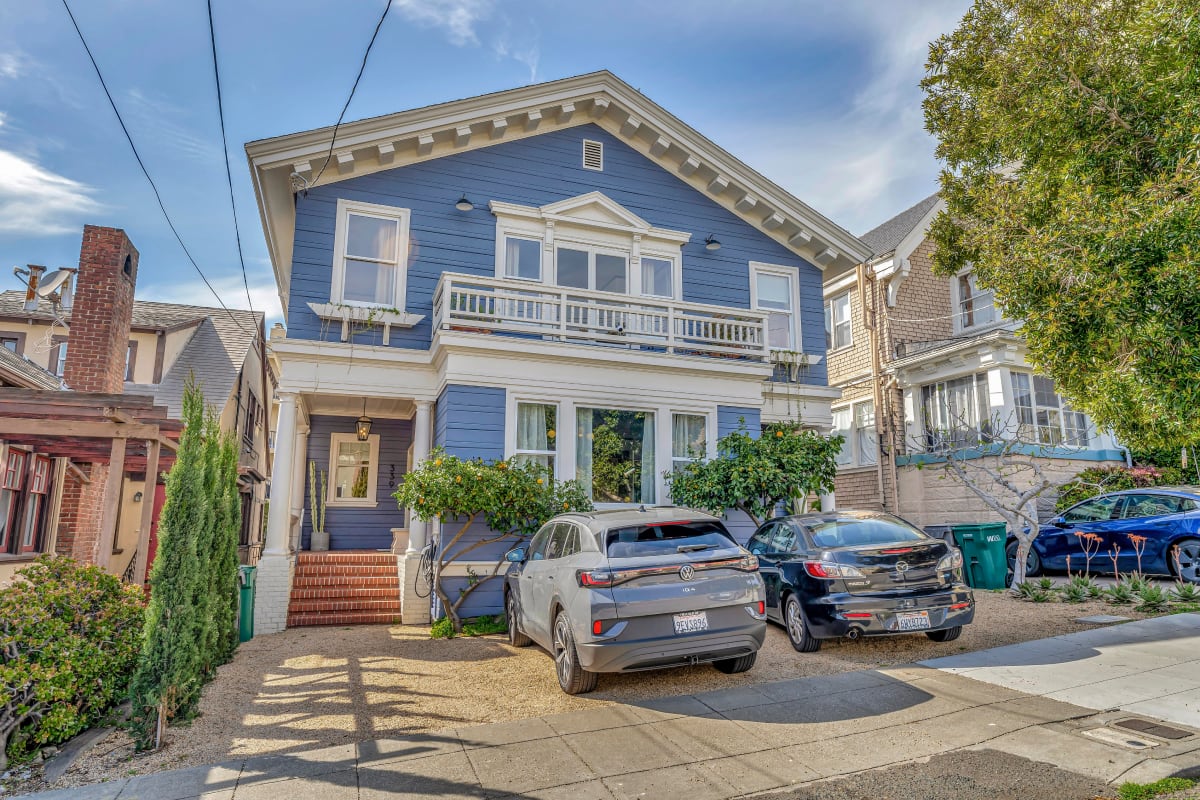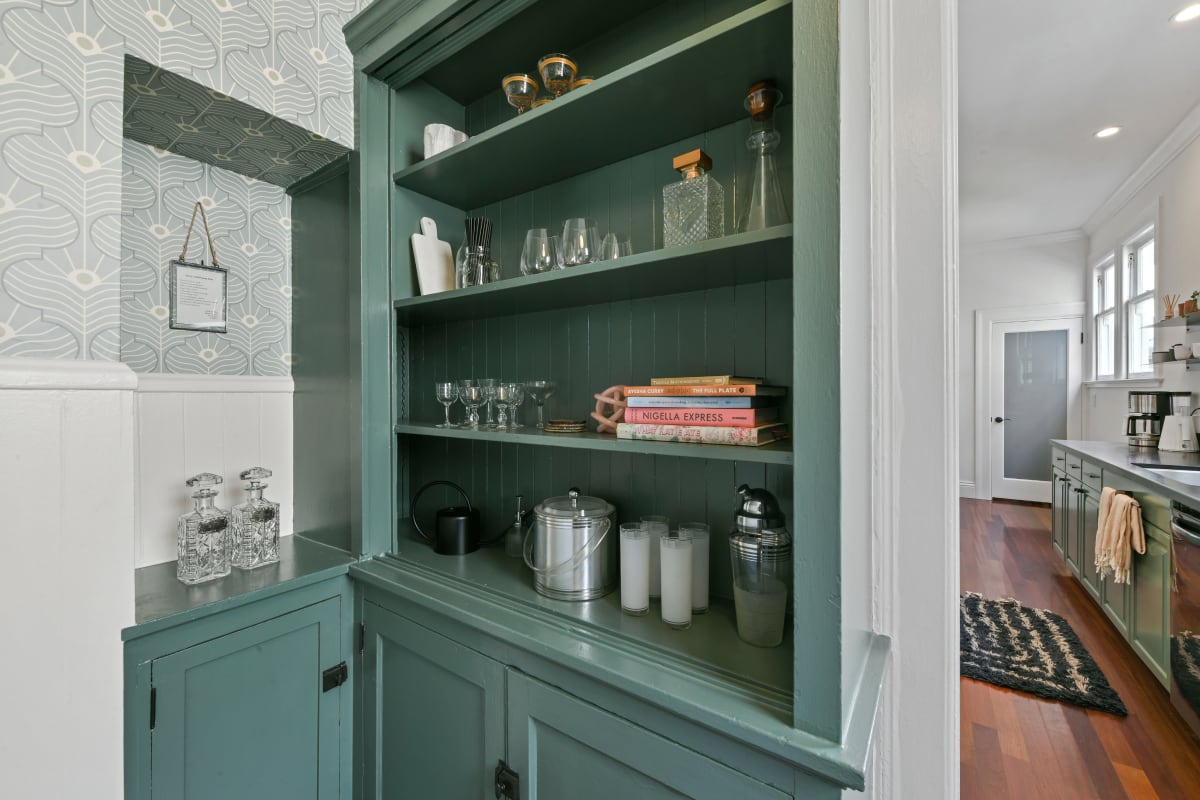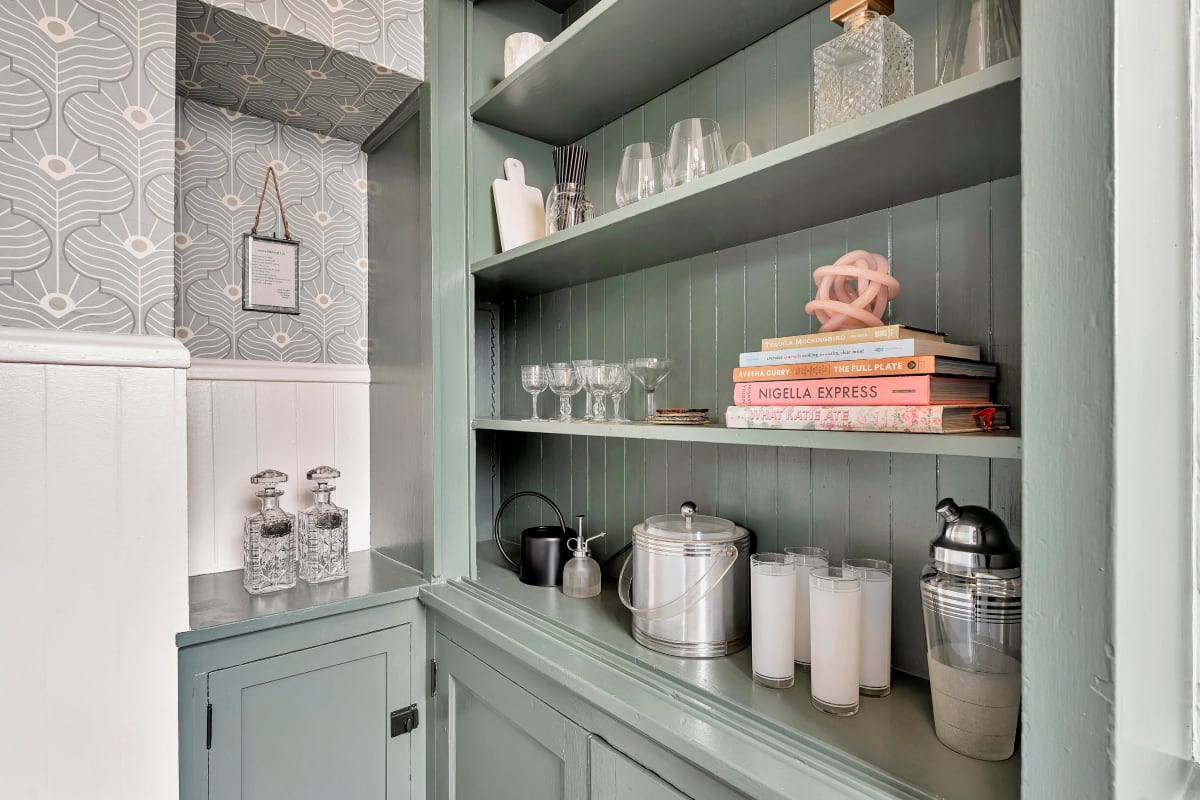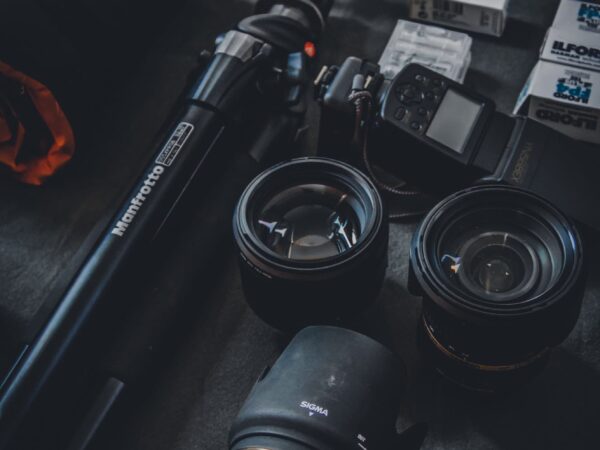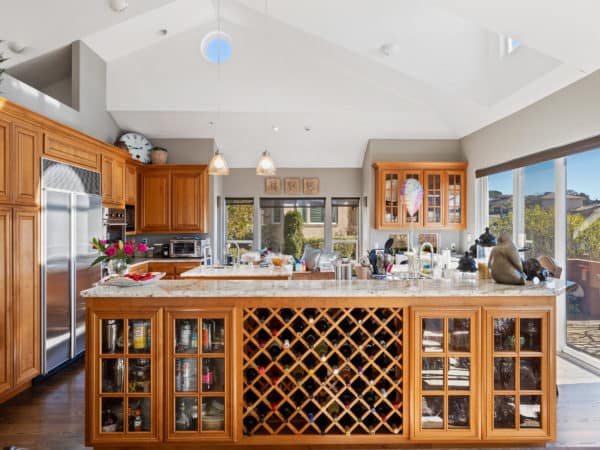At Open Homes, we focus on four key elements of photography to create stunning photos that stand out and captivate buyers: composition, lighting, storytelling, and editing. To prove that nobody captures a home’s story like Open Homes, we went head-to-head with three of our Bay Area competitors to see who employs these four elements best. We think the answer is clear.
Key Element #1
Composition
Composition is the arrangement of elements in a frame to guide the viewer’s eye, create an aesthetically pleasing image, and tell a story.
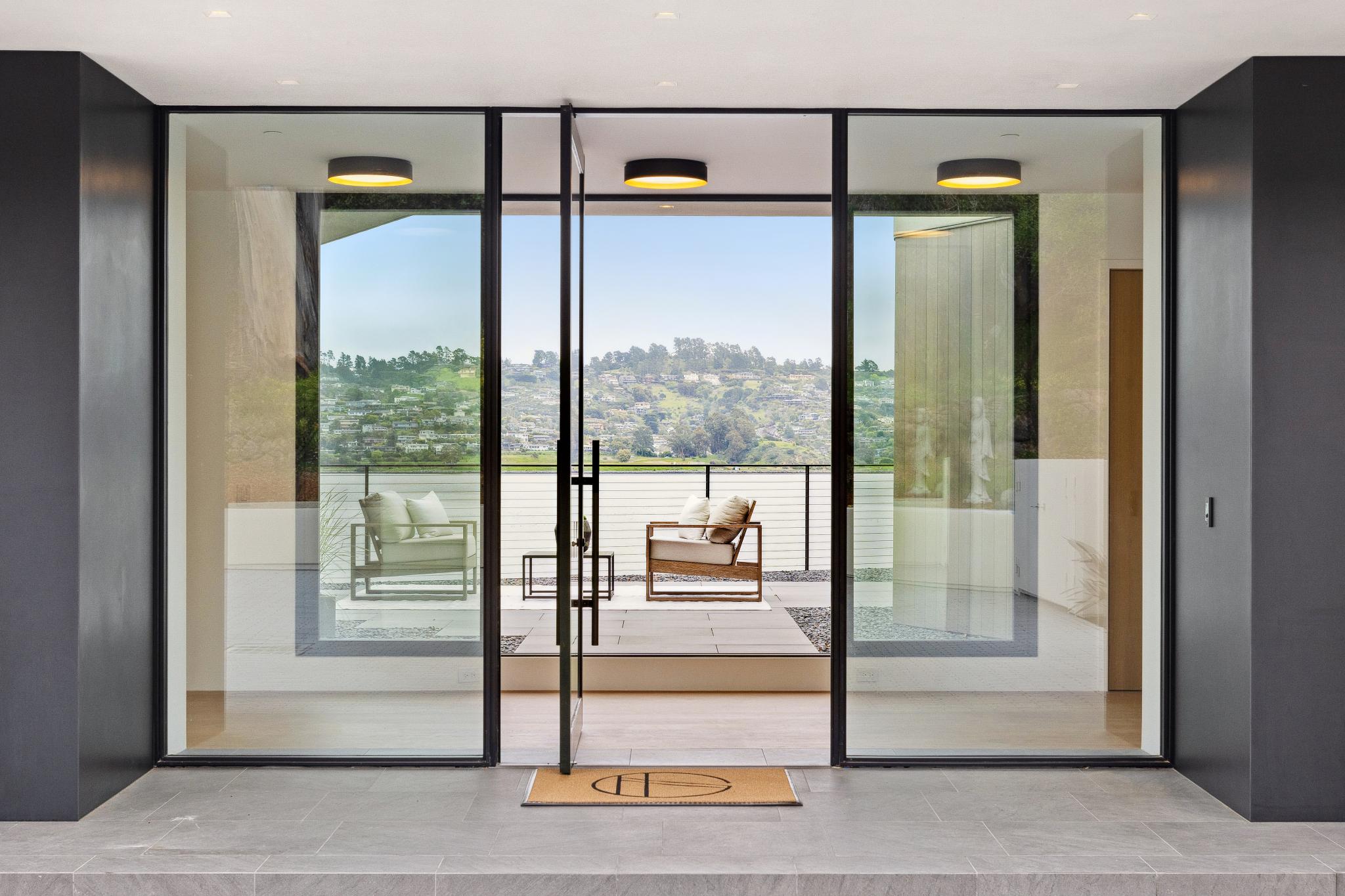
Balancing framing
Architectural elements and staging should be positioned in a way that guides the viewer’s attention to important areas of the image, helping them focus on what you want them to see.
Highlighting key features
Photos should guide the eye to a space, detail, or scene that elevates the home’s unique story. This helps buyers remember your listing over the competition and appreciate its distinct character.
Eliminating distractions
Furniture, art, and clutter should not be cut off at the edges of the photo. Distractions keep the viewer from focusing on the story that is being told by the image’s composition.
Key Element #2
Lighting
Lighting is the technique of using a light source, either natural or artificial, to illuminate a subject or scene to tell a story.
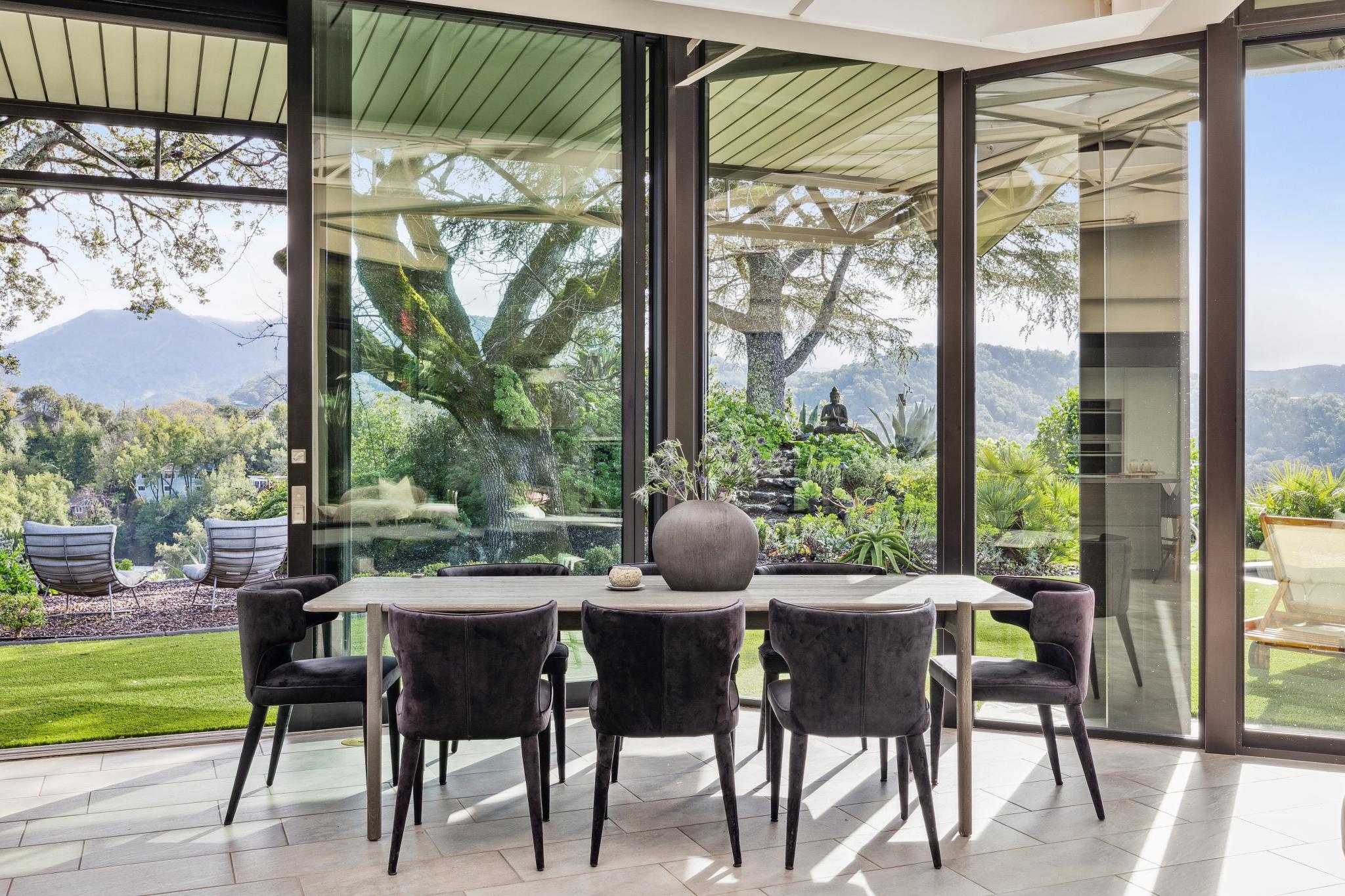
Using natural lighting
Using realistic lighting that mimics how the viewer would experience the home in person makes the photos more authentic, inviting, and believable. It’s also be a powerful storytelling tool.
Balancing exposures
Multiple exposures in a single image, such as interior lighting and window views, should complement each other and mirror what the eye sees, keeping lighting and color consistent.
Enhancing atmosphere
Proper lighting showcases the mood and story that the image is intended to evoke. Ensuring that lighting is consistent across all images makes the overall story more immersive.
Key Element #3
Storytelling
Storytelling is the art of using photos to convey a story, idea, or viewpoint.
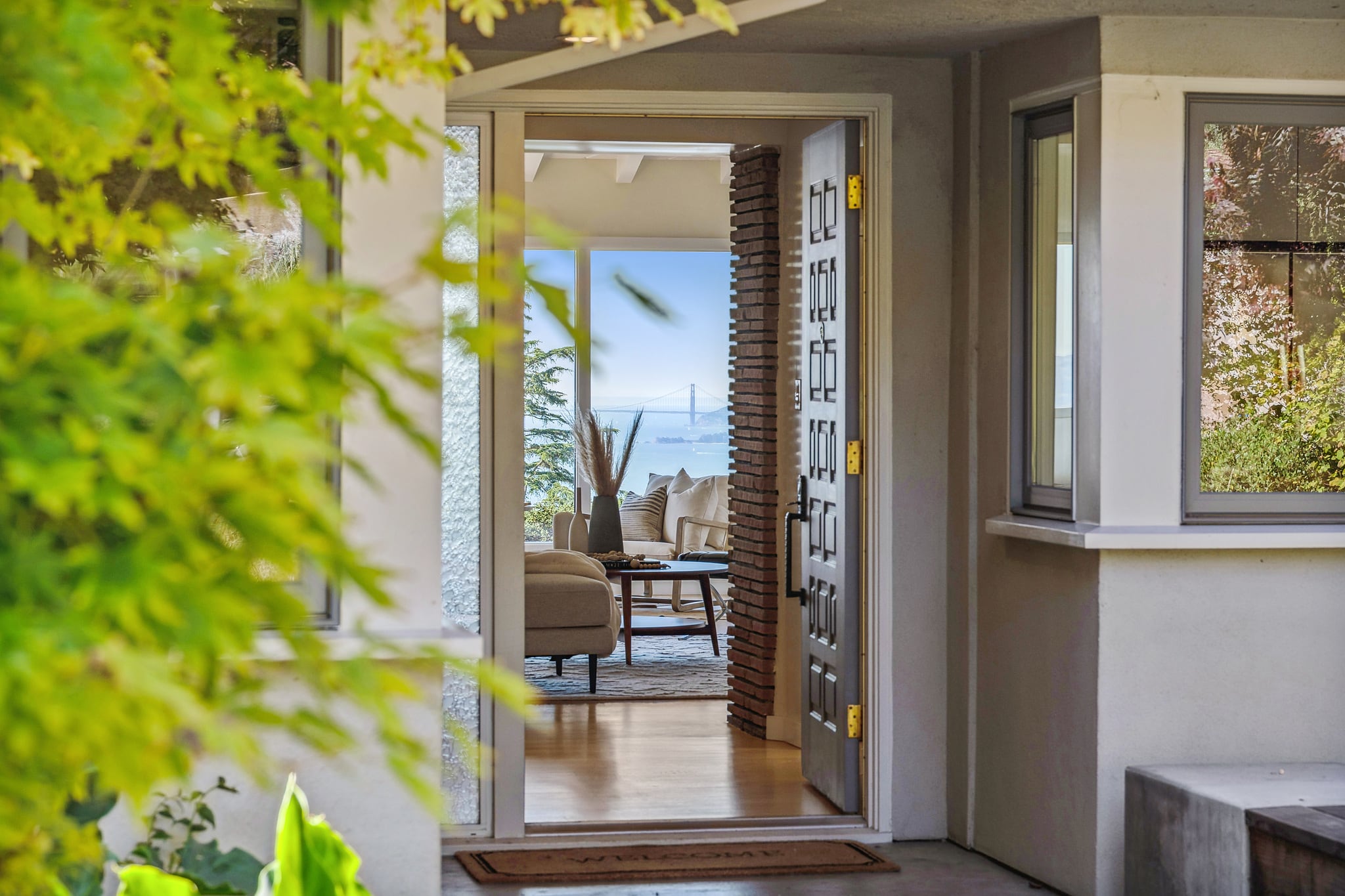
Creating emotion
Great real estate photos encourage buyers to imagine themselves in the space, blending their story with the home’s. Emotional connection is a strong tool to create lasting impressions.
Making photos unique and memorable
A unique and memorable photo set helps the property stand out to buyers who are often browsing hundreds of listings. Every set should capture the essence of the home and make it unforgettable.
Capturing a variety of shots
Using a variety of angles and focal lengths avoids redundancy and helps buyers appreciate unique features from different perspectives.
Key Element #4
Editing
Editing is the process of digitally enhancing a photo after the shoot has taken place.
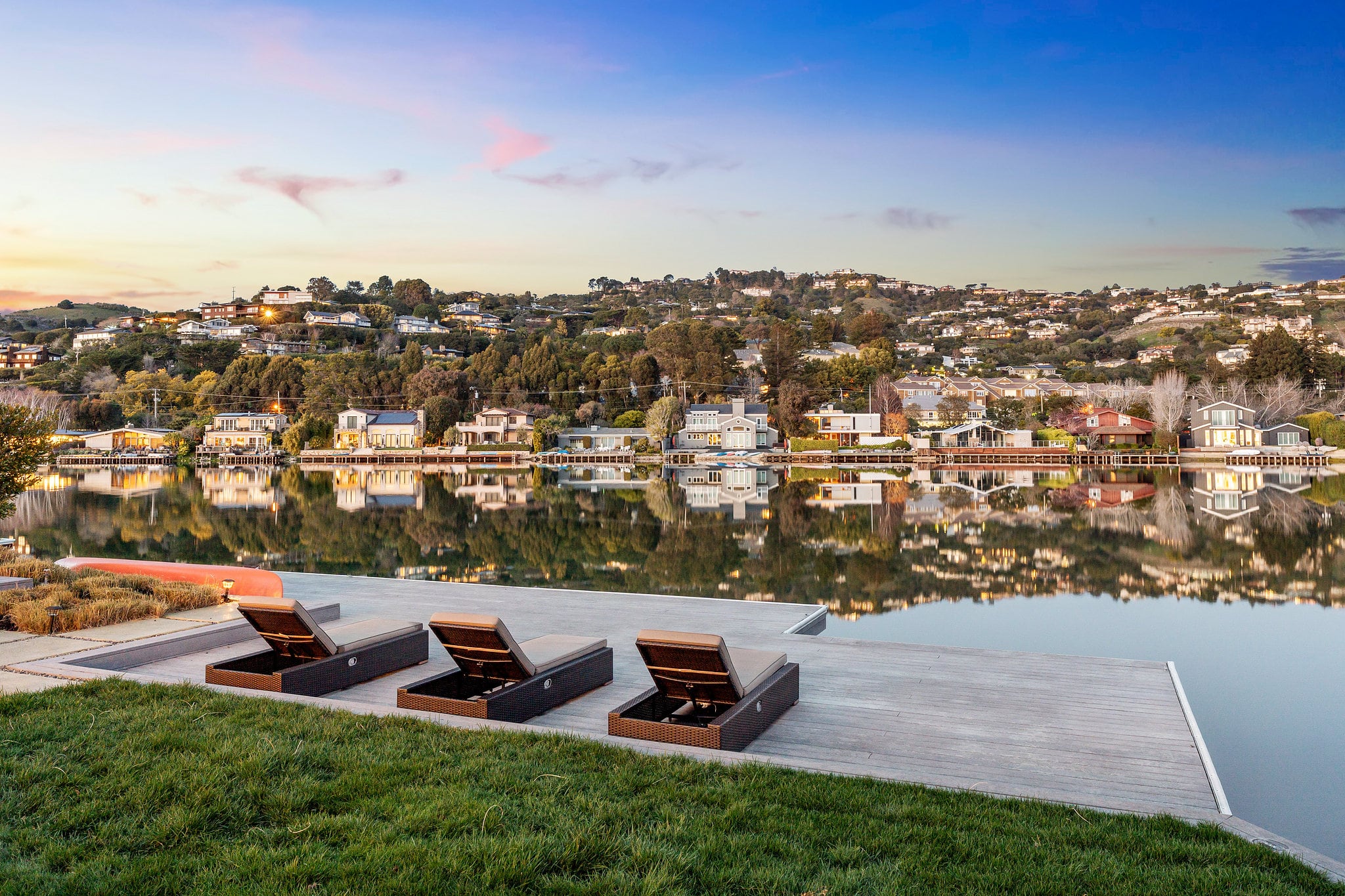
Enhancing reality
Edits should enhance each photo’s natural qualities without introducing distracting artifacts from overediting. A realistic depiction encourages trust and immersion in the listing’s story.
Cropping and creating perspective
Photos should be cropped to put focus on the subject, and vertical lines should be parallel with the photo’s edges. This reduces distractions and keeps buyers engaged.
Mastering light and color
Each image should be bright and vibrant while accurately representing the space in real life. Photos that are too dull, unbelievably vibrant, or inconsistent will negatively distract buyers.

